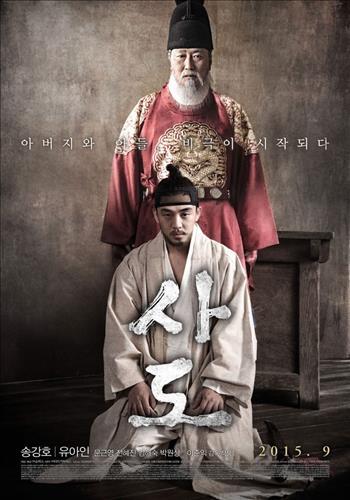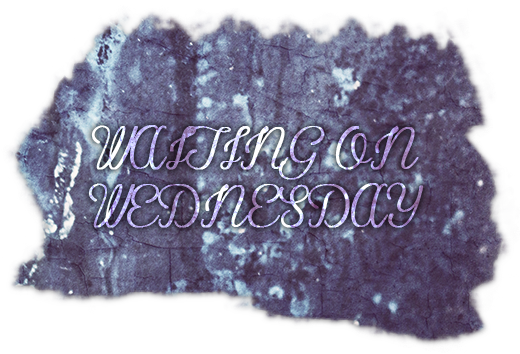“Night and day; heaven and hell.” At least, that’s how David Starkey describes the contrasts between King Henry VIII’s second and third wives.
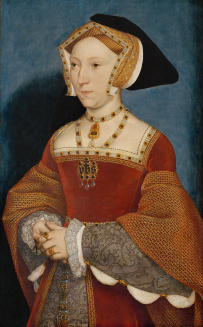
Jane Seymour – Henry VIII’s Third Wife
It is true that from all outward appearances, Anne Boleyn and Jane Seymour could not have been more opposite even if they tried! Their looks, their personalities and their legacies are so black and white, that it is astonishing that they managed to attract the same man. Anne and Jane’s differences are so renowned, that they have almost defined people’s perception of them and their relationships with King Henry.
Anne’s Boleyn’s romance with Henry VIII is legendary. Their love affair is regarded as one of the most infamous and controversial throughout all of history. Anne’s seductive dark eyes, sophisticated wit and fiery spirit, enchanted Henry for over six years before she finally became his wife. Together they transformed England’s religious and geographical landscape forever, and their union gave England one its most glorified monarchs.

Anne Boleyn – Henry VIII’s Second Wife
Unfortunately for Anne, Henry’s obsession for her came to the most brutal end after she failed to give him a son. After a mere 1000 days on the throne, Anne found herself facing trumped-up charges of treason, adultery and incest. The man who willingly transformed England’s identity in order to marry Anne, suddenly became very eager to sign her death warrant. Anne ended her days upon the scaffold within the Tower of London, after losing both her husband’s love and her head. Is it any wonder then, that Anne’s heartbreaking tale continues to fascinate people today?
Henry’s love for Jane Seymour seems almost cold in comparison. Jane didn’t inspire Henry to change the course of English history, nor was her reign as long as Anne’s. Sure enough Jane succeeded in giving birth to Henry’s longed-for son and heir, and her triumph immortalised her position as Henry’s one ‘true’ love. Yet Henry’s third marriage certainly fails to capture people’s imagination – (unlike his second). Compared to Anne’s impressive intelligence and alluring feminine charms, Jane almost fades into the background with her pale complexion, average education and outward submissiveness. How is it possible that this plain, unassuming woman managed to separate one of the most passionate royal romances in English history?!
This is a question which has plagued historians and Tudor enthusiasts for decades. Amazingly, it appears that even 480 years after their deaths, the rivalry between Anne Boleyn and Jane Seymour continues to spark much debate today. This time however, the two queens are no longer vying for King Henry’s affections; rather they are competing for the sympathy and support from a 21st century audience.
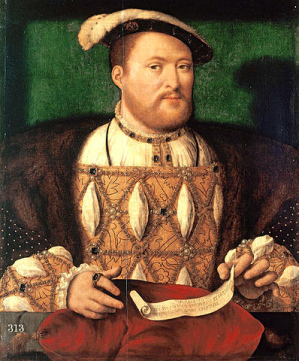
The King Who Married Six Times – King Henry VIII
After years of immersing myself into the lives and legacies of Henry VIII’s six queens, I have often found that poor Queen Jane is not so fondly remembered in comparison to Anne Boleyn. As the historian Alison Weir remarked, Anne’s popularity ‘reached almost manic heights in the 2000s’, after the release of the The Other Boleyn Girl (2008) and The Tudors (2007-2010). Anne became a modern-day celebrity and feminist icon almost overnight. Despite the passing of 480 years, Anne’s charisma, intelligence and unjust death continues to bewitch people’s imaginations and attracts a widespread following.

Natalie Dormer as Anne Boleyn in her Execution Scene for Showtime’s ‘The Tudors’.
Jane on the other hand, is often dismissed as an insignificant figure in Tudor history. How could this meek, uninspiring woman ever hope to compare to the tragic heroine that is Anne Boleyn?
Well, what if I was to propose that Anne and Jane actually had a lot more in common than most people realise? Instead of placing one queen against the other, maybe we should be viewing them with equal amounts of respect and admiration? After studying Anne and Jane’s stories for many years, I have found the ongoing divide between the two women even more intriguing and baffling. The numerous qualities, achievements and flaws which make Anne Boleyn so highly-esteemed within society today, can actually be attributed to Jane’s character too.
Still not convinced? Well hopefully this will help to prove my point…
Plain Jane:
Blue eyes, blonde hair, pale complexion and fulsome figure: that’s the Tudors’ idea of perfect feminine beauty. Anne Boleyn appears to have been the complete opposite of that ideal. She was certainly never renowned for her dazzling good looks. She possessed long black hair and dark eyes, an olive complexion and a slim physique. At best her supporters described her as: “Not one of the handsomest women in the world; she is of middling stature, swarthy complexion, long neck, wide mouth, a bosom not much raised and eyes which are black and beautiful.”
Yet despite Anne’s lack of Tudor feminine beauty, she was still able to beguile a King who was still in his prime, (and who arguably had the pick of many beautiful women at court). This strongly suggests that Henry fell head-over-heels in love with his second queen, primarily because of her bewitching personality and alluring sophistication. What woman (or man!), could fail to be impressed by such a staggering achievement? Anne’s ability to spellbind a King and accomplish most of her ambitions, purely through her character alone, has been widely applauded. It is this legendary characteristic, which has helped to elevate Anne into a modern-day feminist icon.

Sketch of Jane Seymour by Hans Holbein the Younger
Similar to Queen Anne, Jane Seymour also raised eyebrows. How could she enthral a King of England, when she too possessed average physical charms? However, whilst Anne is often praised for her achievements through personality alone, Jane is not so idolised. Even her own contemporary supporters – such as the Spanish ambassador Eustace Chapuys – dismissed her as: ‘[of] middle stature and no great beauty, so fair that one would call her rather pale than otherwise.’
Jane is therefore extremely similar to her predecessor, in the fact that she was able to reach the highest position in the realm through her natural temperament. Why then, is she not as highly praised as Anne Boleyn? For a woman who also reached her aspirations without relying on her physical appearance, Jane should be widely recognised and respected for that.
To Catch a King:
Both Anne Boleyn and Jane Seymour are guilty of playing hard-to-get when it comes to keeping Henry interest. Anne infamously kept Henry waiting for an astonishing six years before she finally gave into his attentions! Historians often mark 1526/7 as the year when Anne first caught Henry’s eye, yet it wouldn’t be until 1533 when Anne finally became his wife and Queen. She never became his mistress in the fullest sense, until she was certain to have obtained the throne. The fact that Anne stuck to her guns, and managed the keep the King at bay for such an awfully long time, only encourages people’s high estimation of her.
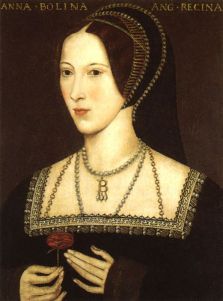
Anne Boleyn’s Portrait
Similarly, nearly ten years after Anne’s success, Jane was given the opportunity to adopt the same style. Henry clarified his intentions towards Jane, when he gifted her with money and a letter written in his own hand. It is highly likely that Henry had no desire to make Jane anything other than his mistress at that moment in time, yet by adopting the same hard-to-get style as Anne before her Jane was to transform her destiny – and arguably English history! She refused to accept Henry’s gifts and promptly returned them to him, alongside the message that she would only after she was married. This massive hint towards her ambitions to marry only worked in captivating Henry, who could not refuse a chase it seemed. By not giving into the King’s demands, both Anne and Jane gambled with winning the crown and both won! There is no denying that for both women, this is an astounding achievement!
However, both Anne and Jane’s accession came at a price. During Henry’s reign, the accession of one queen often meant the downfall of another. Anne was an infamously unpopular Queen, due to her attacks against the great Catherine of Aragon and her daughter Mary. Catherine was a well-loved queen throughout England, and she had ruled over them for over 20 years. Princess Mary was also widely adored as Henry’s heir. When Anne came on the scene everything changed. Anne replaced Catherine in Henry’s affections, as well as on the throne. The bitterness Anne felt towards Catherine and her daughter is renowned by both contemporaries and historians. Henry undoubtedly played a significant role in Catherine’s subsequent divorce and banishment from court, yet Anne was solely blamed throughout Europe for Catherine’s downfall and was to remain unpopular for the rest of her life. It was only centuries later when her legacy became romantic and awe-inspiring, that people finally mourned Anne’s fate
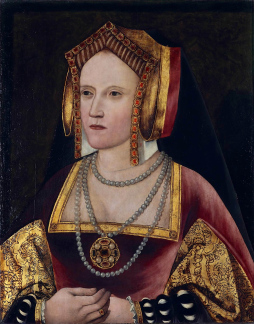
Portrait Recently Identified as Catherine of Aragon
What many people don’t realise however, is that even though many people we overjoyed to hear of Anne’s swift demise, Jane’s equally swift accession was not so warmly welcomed. For instance, the Spanish ambassador Chapuys was expected to be elated that the death of the his enemy the ‘Concubine’. However, the news of Henry’s third marriage when Anne was not even cold in her grave, caused shock-waves even amongst Jane’s supporters. Chapuys reported during Jane’s elevation that: “Although everybody rejoices at the execution of the putain, there are some who murmur at the mode of procedure against her and the others, and people speak variously of the King; and it will not pacify the world when it is known what has passed and is passing between him and Mrs. Jane Semel.”
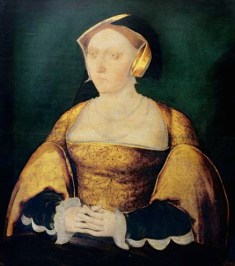
Jane Seymour’s Portrait
The day after Anne’s execution, Chapuys later recorded that he had “just been informed, the bearer of this having already mounted, that Mrs. Semel came secretly by river this morning to the King’s lodging, and that the promise and betrothal (desponsacion) was made at 9 o’clock. The King means it to be kept secret till Whitsuntide; but everybody begins already to murmur by suspicion, and several affirm that long before the death of the other there was some arrangement which sounds ill in the ears of the people; who will certainly be displeased at what has been told me, if it be true, viz., that yesterday the King, immediately on receiving news of the decapitation of the putain entered his barge and went to the said Semel, whom he has lodged a mile from him, in a house by the river.”
It may therefore surprise people to learn that, even though Anne was always criticised for her rise in power over Queen Catherine, Jane was also judged during her replacement of Queen Anne. Both Anne and Jane achieved what they ultimately desired, but only after enduring certain levels of critique and comment. Many people are aware that Anne did not possess the full support of her subjects – but as we’ve just seen, neither did Jane… Both women were able to cause controversy for their actions.
DAVID STARKEY:
The Six Wives of Henry VIII DVD – https://www.amazon.co.uk/Six-Wives-Henry-VIII-DVD/dp/B000RWDXZ0/ref=pd_cp_74_1?_encoding=UTF8&psc=1&refRID=JZ5MBX8FM5GKBMZ81RZH
‘Six Queens: The Wives of Henry VIII’ Book – https://www.amazon.co.uk/Six-Wives-Queens-Henry-VIII/dp/0099437244/ref=pd_sim_14_6?_encoding=UTF8&psc=1&refRID=0QGHATHP9GZR981NMQ2B
SHOWTIME’S ‘THE TUDORS’:
https://www.amazon.co.uk/Tudors-Complete-Season-1-4-DVD/dp/B005KJ6ECY/ref=sr_1_1?s=dvd&ie=UTF8&qid=1507749755&sr=1-1&keywords=THE+TUDORS
TOP BIOGRAPHY ON ANNE BOLEYN:
‘The Life and Death of Anne Boleyn: The Most Happy‘ by Eric Ives – https://www.amazon.co.uk/Life-Death-Anne-Boleyn-Happy/dp/1405134631/ref=sr_1_1?s=books&ie=UTF8&qid=1507749832&sr=1-1&keywords=eric+ives
TOP BIOGRAPHY ON JANE SEYMOUR:
‘Jane Seymour: Henry VIII’s True Love’ by Elizabeth Norton – https://www.amazon.co.uk/Jane-Seymour-Henry-VIIIs-True/dp/1848685270/ref=sr_1_13?s=books&ie=UTF8&qid=1507749901&sr=1-13&keywords=elizabeth+norton



